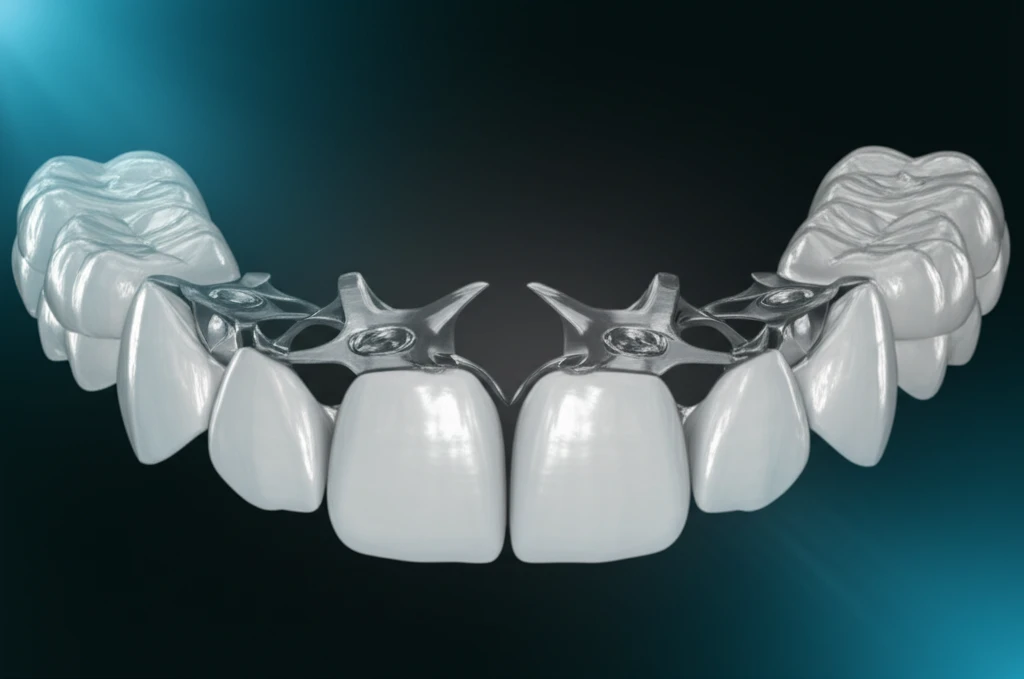
Unlocking Space: A Modern Guide to Dental Separators
"Everything you need to know about dental separators: how they work, why they're used, and the latest innovations."
In the realm of orthodontics and dental procedures, achieving precise spacing between teeth is often essential. This is where dental separators come into play. These small but mighty devices are designed to create temporary space between teeth, facilitating various treatments from orthodontic banding to the fitting of crowns and bridges.
Originally crafted from simple materials like brass wires and rubber, dental separators have evolved significantly over the years. Early iterations, while functional, presented challenges such as discomfort and unpredictable force application. Modern separators, however, leverage advancements in material science and manufacturing to offer improved comfort, predictability, and ease of use.
This article delves into the world of dental separators, exploring their purpose, evolution, different types, and the latest innovations shaping their use in contemporary dental practices. Whether you're a dental professional seeking to stay abreast of the latest advancements or a patient curious about a recommended procedure, this guide provides a comprehensive overview of dental separators.
Why Are Dental Separators Necessary?

The need for dental separators arises from the fundamental requirements of many orthodontic and restorative procedures. In orthodontics, separators are frequently used to create sufficient space for the placement of orthodontic bands around molars. These bands serve as anchors for the wires and brackets that guide tooth movement. Without adequate space, fitting these bands can be difficult and may cause discomfort or even damage to the surrounding tissues.
- Orthodontic Banding: Creating space for comfortable and accurate band placement.
- Crown and Bridge Preparation: Ensuring precise fit and contouring of restorative appliances.
- Preventing Tissue Damage: Minimizing trauma to the gums and adjacent teeth during procedures.
- Facilitating Accurate Impressions: Providing adequate space for impression materials to capture detailed tooth anatomy.
The Future of Dental Separators
As dental technology continues to advance, the future of dental separators is likely to be shaped by new materials, digital technologies, and minimally invasive techniques. Researchers are exploring biocompatible materials that offer improved comfort and reduced risk of allergic reactions. Digital scanning and 3D printing technologies may also play a role in creating custom separators that precisely fit each patient's unique anatomy.
